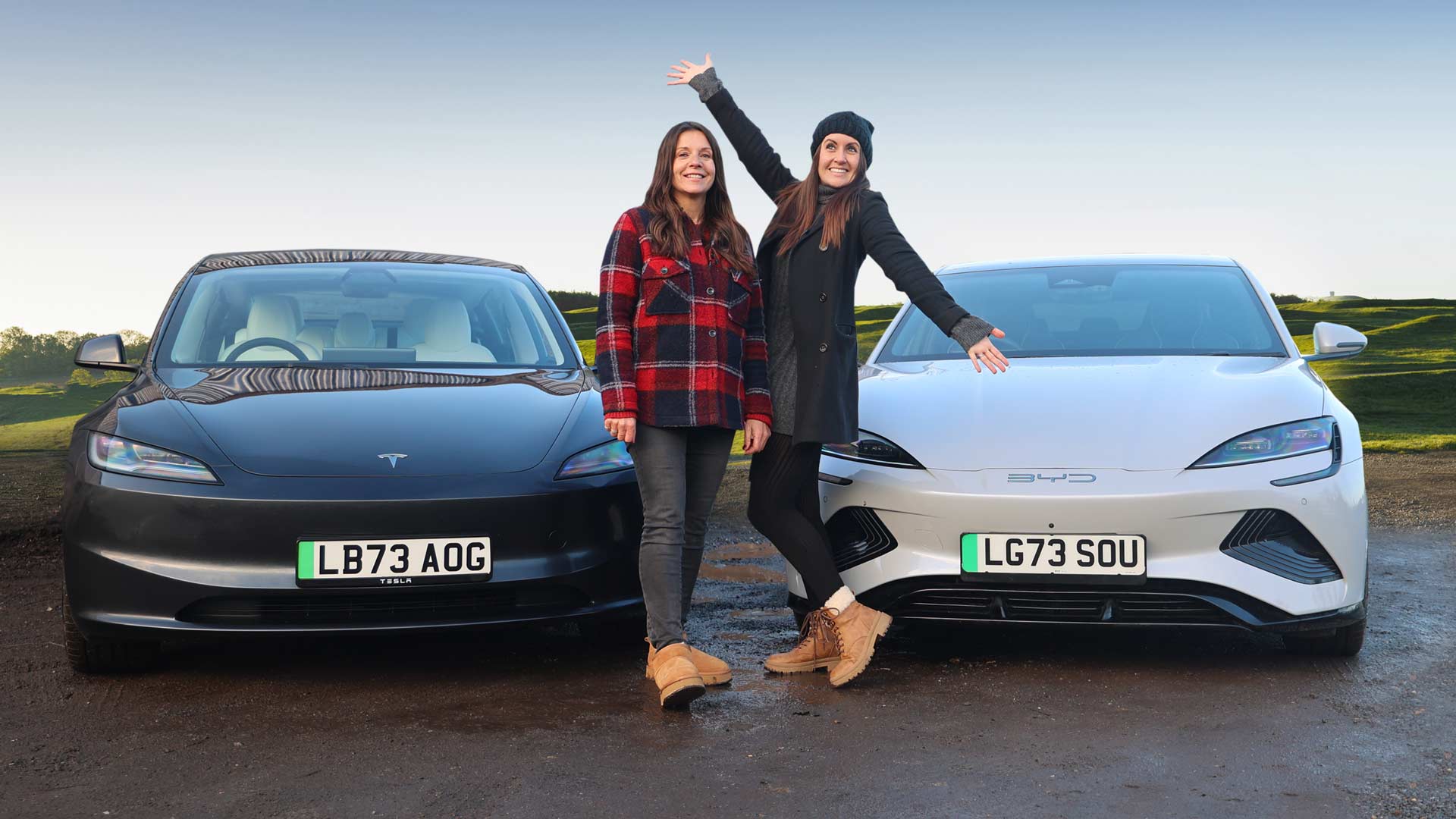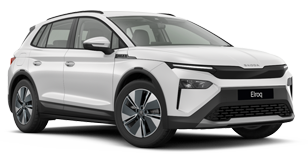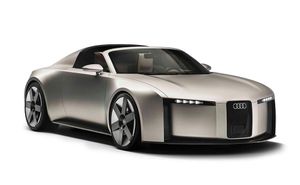Introduction and model history
Although BYD insists that any similarity between the Seal and the Tesla Model 3 are purely coincidental, a quick look at the dimensions suggest otherwise. The Seal is 4.8 metres long, 1.9 metres wide and 1.5 metres high, making it almost identical to the Model 3 (okay, maybe a bit longer…) and the Hyundai Ioniq 6.
If you’re playing in the premium market it makes sense to hire a designer with experience of premium cars. And that's exactly what BYD has done. The previous Audi head of design now heads up the brand's design team and they’ve come up with a handsome looking car. The Seal is sleek and low to the ground, with nice features like the retractable door handles helping to make it aerodynamic.
All models get the panoramic sunroof fitted as standard and come in a choice of four standard colours, with a couple more available at an additional cost.
Range, battery and charging
Both versions come with an 82.5kWh ‘BYD Blade’ battery as standard, which uses cobalt-free LFP chemistry. It’s very clever battery tech that has been widely used for many years, and is efficient and safe. The Seal also features what BYD calls Cell to Body construction, which is a fancy way of saying that the battery is used as part of the structure of the car rather than just being bolted in.
BYD claims that there are three advantages to this. Firstly, it saves a bit of weight. The second advantage is strength, as the battery pack (which has a high torsional rigidity thanks to the blade design) is part of the car’s structure and therefore makes it more resistant to flex or damage. The third advantage is BYD has been able to lower the cabin floor by 150mm compared to a non Cell to Body design (like the Atto 3).

Range? Well, the rear-drive BYD Seal is the more efficient of the two and has a WLTP figure of 354 miles. The dual motor, all-wheel-drive offers 323 miles of WLTP range, which isn’t bad considering the performance on offer. We’d expect that to equate to between 250- and 320-miles in terms of real world range.
It has to be pointed out that the Tesla Model 3 can go quite a bit further than that – a facelift in 2025 means that it now has a claimed WLTP range of up to 466 miles! The VW ID.7 and Kia EV6 also go further than the BYD, so the Seal is a bit behind on that front. It lags a bit on charging speeds, too. The DC maxes out at 150kW – good for a 100 mile top-up in around 15- to 20 minutes. That’s not bad, but it’s a little disappointing given that plenty of rivals manage well over 200kW charging speeds (for a 100 mile top-up in more like 10 minutes).
All Seal models will come with 11kW AC charging as standard, while a full charge from a 7kW home charge will take around 13 hours.
Practicality and boot space
Like the Tesla Model 3 and the Hyundai Ioniq 6, the Seal is a saloon - which means that it comes with all the limitations of having a boot rather than a hatchback, like you get in the Polestar 2. There’s a reasonable 402-litres of space on offer - a fraction larger than the boot of the Ioniq 6 but less than space you get with the Tesla. Even with folding back seats, just like those two cars, it’s not going to be possible to fit anything larger or awkwardly shaped in there due to the small boot opening. Thankfully, frunk fans are catered for thanks to an additional 53-litre storage area under the bonnet. Have a look at the Polestar 2, VW ID.7 or Kia EV6 if you want an executive car with a more useful boot. They all make great used buys, too.
Interior, design/styling and technology
Inside, the Seal looks and feels like a premium offering. If a Model 3 is a little too austere for you, then BYD’s more-is-more approach may well appeal. If there’s a single straight line or plain surface in the Seal then I must have missed it. It’s like the interior design team took every good idea they had and ran with the lot, rather than refine them down. But there’s no complaints about the quality of the materials or the sturdiness of the build, both of which are impressive.
But while it’s a busy place to spend time, it’s also a comfortable one. The seats (diamond-stitched, obviously) are supportive and generously padded and come with eight-way electric adjustment and four-way adjustable lumbar support on higher spec models. If, however, you’re a fully paid-up member of the long leg club (6ft 5in and over), you may well find the corner of the infotainment system tapping away at your knees - especially when going round a corner.
It's user-friendly enough, up front in the Seal. The switchgear is all logically placed and, like the Atto 3, comes with a combination of physical buttons on the centre console and touchscreen controls in the infotainment system. The latter (which is housed in a 15.6-inch screen) is fairly intuitive to use and comes with BYD’s party trick of being able to rotate through 90 degrees. I like the option of having my screen in portrait mode, although it’s irritating that if you're linked to CarPlay and receive a message it overrides the inbuilt sat nav to revert to the Apple menu and automatically switches the screen back to landscape mode.
Like other BYD models, the Seal comes with a secondary 10.25-inch display behind the steering wheel that shows speed and range.
Motors, performance and handling
The Seal will be offered in the UK in two versions - rear-wheel drive and all-wheel drive, badged Design and Excellence. The rear-drive version comes with 310hp while the all-wheel drive version offers 530hp. Which is a lot. The rear-drive version can go from 0-62mph in 5.9 seconds, while the all-wheel drive one does the same in 3.9 seconds.
We’ve driven both the BYD Seal Design and Excellence in the UK, and we can confirm that they’re both lovely to drive. The Seal has a comfortable, supple ride – better than a Model 3, I’d say – and it also goes around corners with confidence and precision. It’s no sports car, even if you go for the rampantly fast all-wheel drive version, but it’s unflappable and satisfying in all situations.
Sure, that high powered BYD Seal Excellence gets adaptive damping as well as four-wheel drive, which helps it to feel more taut and responsive when you want it to, although I stand by my statement that the Seal never feels like a sports car. The BMW i4 and Kia EV6 are more fun, organic-feeling, fun electric car to drive (if also drastically more expensive than the Seal!).
Having said that, when you get the Seal out on country roads it’s a really enjoyable, nicely balanced car. As you’d expect there are options to alter the steering and suspension set-up to suit your preference and you can also tweak the steering inputs. While Sports mode makes the steering feel very direct I preferred the standard setup which suits the more relaxed feel of the overall drive.
You can also play around with the brake regen’, but even in the strongest setting it’s not true one pedal driving, which is disappointing.
Running costs and pricing
BYD knows that it has to take on Tesla, if it’s to get big sales numbers. While the Seal may share the same e-Platform 3.0 with the Atto 3 and the Dolphin, that's where the similarities stop - because BYD has gone premium with the Seal. It’s feels luxurious, is well equipped and spacious, which inevitably means the Seal comes with a premium price.
UK pricing starts at around £46,000 with the dual motor performance version costing some £3,000 more. So, while the entry level Seal is a chunk more expensive than the cheapest Model 3, the all-wheel drive version undercuts the Model 3 Long Rang AWD by several thousand pounds. It doesn’t have quite the same punch as the Tesla, but the rear-wheel-drive version is actually quicker than a base-spec Model 3.
More important are the PCP monthly prices and lease deals, and while these change regularly, BYD routinely offers monthly finance deals to rival Tesla’s very competitive finance packages.
Verdict
The BYD Seal is the best car that BYD makes, currently. It feels sophisticated and confident, and if you consider it in terms of the equipment it offers and the monthly finance deals available, it’s also very tempting in terms of the what you get for the money – whether you’re a retail buyer or a business user. Others can charge more quickly and go further to a charge, but the BYD Seal is still a really capable executive EV.






















